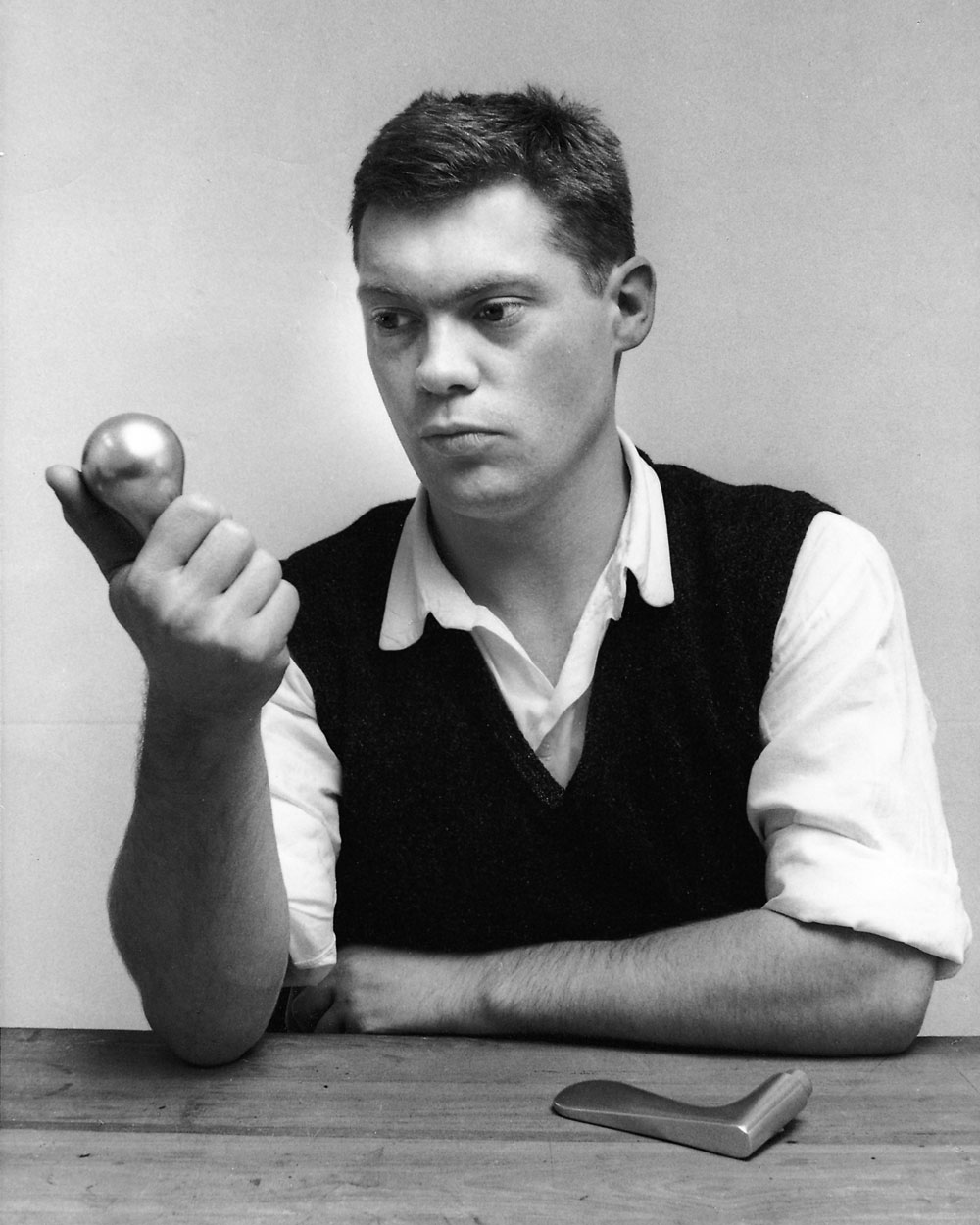This door handle represented a big step for me, partly because it was to be mass produced and partly because I found a new way of working. In both respects I owe a lot to Jürgen Braun of FSB for offering me this first industrial project. Following the ‘ready-mades’ and the adaptation of basic, recognisable object types to make new objects, I had come to believe that it was not the designer’s job to invent form, just to apply it in the right places at the right time and for good enough reasons.
I had a catalogue from a company in the East End of London called W. H. Clark Ltd who supplied equipment for trade vehicles, motorised, horse or human powered, and looking through it one day I found the direction for the door handle in the form of what was described as a coach handle. I followed up this discovery by using the form of a light bulb for the door knob, and a wing nut for the door lock. This process of not trying to invent anything while being open to outside influence was similar to the idea of adapting objects for new purposes, but more sophisticated, and somehow the economy of recycling a form seemed more rigorous than trying to invent one.
Extracted from Everything but the Walls by Jasper Morrison (Lars Müller Publishers, 2006)
Becoming a Classic
The young man in the photo is gazing out at us. He is sitting at the table, his chin resting in his right hand, his head tilted to one side so that his right eye is hidden in shadow. The left one stands out all the more clearly. In front of him on the table, as if carelessly cast aside, is a metal object. How poised he appears!
Making-of, Part 1
When managing director Jürgen W. Braun discovered Morrison’s door handle in Domus in May 1988 – that is at a hint from Alessandro Mendini, mind you, that if he was looking for a young, up-and-coming designer from Great Britain, well, here is one – FSB had already gained some experience in author-design and was ready and willing to take a chance on working with a young , little-known designer from Great Britain.
Making of, Part 2
In contrast, the “Range 2” or the door handle christened FSB 1144, still occupies an important place among Jasper Morrison’s works today. For example, it formed part of his first retrospective, “Thingness”, which was shown at the Grand-Hornu exhibition complex in Belgium in 2015 and later moved on to Zurich, London and Berlin.
The Found Form
Jasper Morrison himself provides a hint in his text about 1144: “Following the “ready-mades” and the adaptation of basic, recognisable object types to make new objects, I had to come to believe that it was not the designer’s job to invent form, just to apply it in the right places at the right time and for good reasons.
For the Eye and the Hand
In the early 1990s, Jürgen W. Braun recognised that the secret of success lay quite literally in the designer’s hands: Jasper Morrison offered the viewers or users of the products objects that were reliable and practical.
Other projects by Jasper Morrison

























